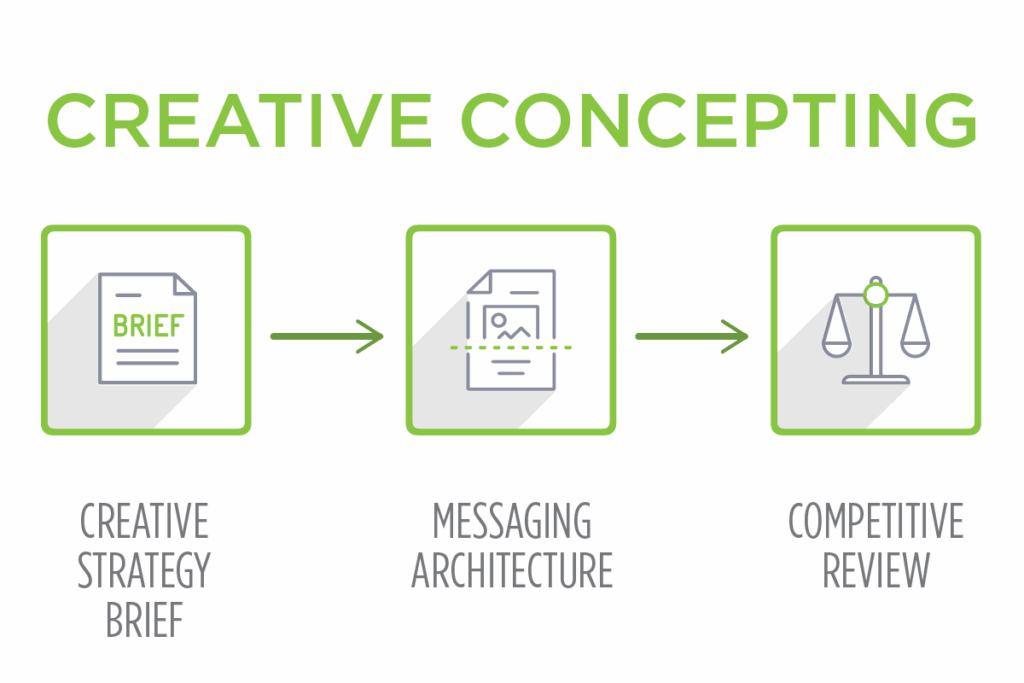A Practical Guide to Building a Direct Mail Creative Brief
The most successful direct mail campaigns don’t begin with a flashy design or clever headline. They start with a plan.
More specifically, they start with a creative strategy brief, a document that acts as the campaign’s blueprint, aligning objectives, customer insights, messaging strategy, benefits hierarchy, offer presentment, competitive review, and success metrics to guide campaign development. And of course, to inspire creative direction.
Yet, despite its importance, the creative strategy brief is often undervalued or rushed. In this post, we’ll break down what a creative strategy brief is, why it’s mission-critical for
performance-driven direct mail campaigns, and what yours should include to maximize success.
Why the Creative Strategy Brief Is Critical to Direct Mail Success
Imagine launching your direct mail campaign with a clear goal in mind, but your creative team thinks the goal is branding, your data team thinks it’s engagement, and your leadership team expects conversions. That confusion is alleviated with a solid brief.
A well-crafted creative strategy brief ensures everyone is moving in the same direction: marketing, design, copywriting, operations, analysis, and leadership.
It removes ambiguity and provides:
- Clarity – on the business objectives, audience, offer, and expected outcome
- Consistency – in messaging, tone, and creative execution across touchpoints
- Efficiency – by minimizing rounds of revision and rework
- Performance – because campaigns built on strategy simply perform better
What Goes into a Great Creative Strategy Brief?
While formats vary slightly depending on your industry, our suggestions for the most effective briefs include the following components:
1. Campaign Objective
Start with the “why.” Why are you running this campaign? What are you trying to achieve?
- Generate leads for a specific product or service.
- Raise awareness about your brand with a potential new audience.
- Drive attendance to an event or open enrollment period.
- Retain or upsell existing customers.
Be specific. “Raise awareness” is too vague, not to mention that direct mail is not the right channel for this objective “Drive 2,500 QR code visits to the landing page for our new product by end of Q3” is better.
Pro Tip: Tie your objective to a measurable KPI like response rate, redemption, or revenue per piece.
2. Target Audience
Who are you talking to, and what makes them tick?
 This section should go beyond basic demographics to include:
This section should go beyond basic demographics to include:
- Psychographics – motivations, beliefs, behaviors
- Customer segment identifiers – e.g., lapsed donors, frequent buyers, new parents
- Pain points and emotional drivers
Example: A B2C brand targeting suburban Gen X moms with household incomes of $ 85,000 or more might highlight values such as safety, savings, and time efficiency.
3. Key Message(s)
What do you want the recipient to think, feel, and do?
Think of this as the heart of your campaign. Develop a message hierarchy:
- Primary message – the big idea, benefit, or offer
- Secondary messages – supporting points or differentiators
- Proof points – testimonials, stats, or guarantees
4. Offer Presentment
A great offer grabs attention, but the way you present it drives response.
- What is the offer? (Discount, gift, trial, free consultation?)
- Is it compelling and relevant to the audience?
- How will the offer be framed visually and verbally?
- What’s the urgency or scarcity component?
Example: “Get $100 off your first subscription box” performs better when paired with a limited-time deadline and bold, front-facing placement in the mail piece.
5. Tone and Brand Voice
The creative must reflect your brand’s personality, but also adapt to the campaign’s purpose and audience.
Should the tone be:
- Professional?
- Conversational?
- Urgent?
- Reassuring?
Example: A nonprofit fundraising campaign may need emotionally resonant storytelling, while a financial services mailing requires credibility and clarity.
6. Mandatory Inclusions
Save everyone time by listing what must appear in the creative:
- Legal disclaimers
- Product names
- URLs or QR codes
- Offer terms
- Privacy statements
- Brand assets (logos, taglines, colors, imagery)
Pro Tip: Many creative delays stem from these details being left out early on. Why not develop a checklist of your brand’s specific needs?
7. Success Metrics
How will the campaign be evaluated?
Be sure to define both qualitative and quantitative success criteria, such as:
- Response rate
- Conversion rate
- ROI
8. Channel & Format Considerations
Don’t wait until the last minute to think about delivery methods. The structural design of your direct mail is a critical part of your campaign strategy. Be sure to include these considerations in your strategy discussions:
- What is the first impression we want to make?
- How will the format drive the customer journey?
- Will the mail piece need to coordinate with other assets (e.g., digital ads, landing pages, email messaging, in-store POS)?
- Are we offering discount codes or coupons, and how will the mail piece draw attention to those?
Mistakes to Avoid When Writing a Creative Strategy Brief
Even seasoned marketers fall into these common traps:
- Being too vague: Generalized goals or audiences result in unfocused creative.
- Overloading the brief: Keep it strategic, not a dumping ground for brainstorms.
- Skipping audience insights: Without in-depth data, you risk messaging that falls flat.
- Failing to align stakeholders: Bring key voices in early to avoid rework.
- Not referencing past performance: If you have results from prior campaigns, use them.
How sg360° Uses Strategy Briefs to Pursue Performance
At sg360°, every Creative Concepting engagement begins with a Creative Strategy Brief. Why? Because direct mail isn’t just a channel, it’s a precision tool. And tools require plans.

So if you’re serious about improving your direct mail or multichannel campaign performance, don’t skip the brief. It’s not a formality, it’s the foundation.
A strong creative strategy brief:
- Aligns teams
- Focuses messaging
- Sharpens creative
- Increases efficiency
- Drives results
Next Steps
Want a head start? Not sure if your campaign is aligned?
